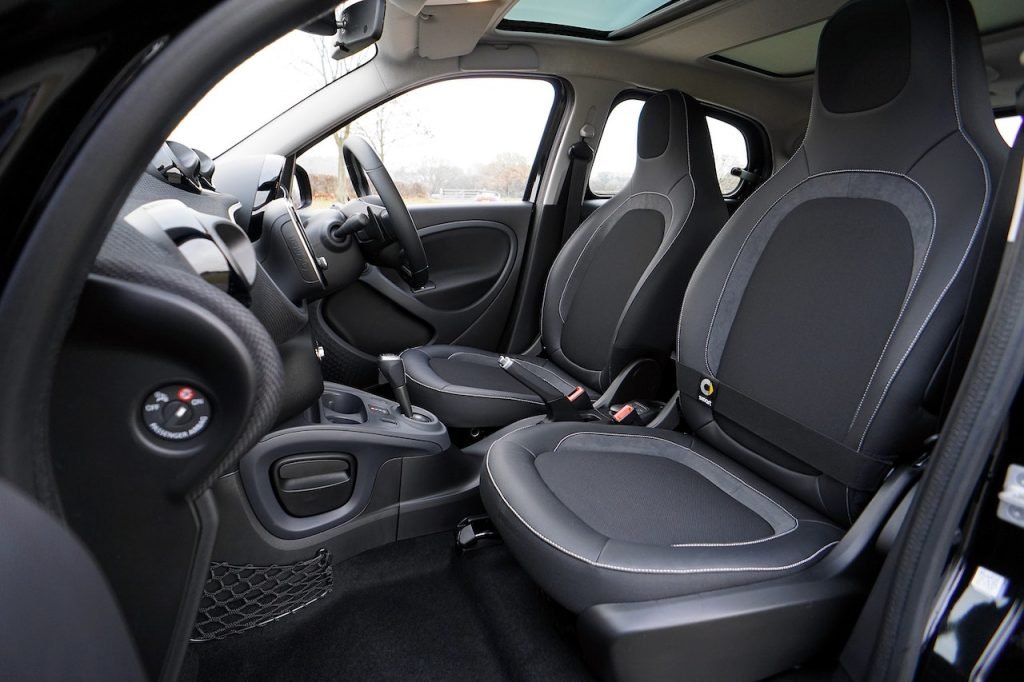If you’ve strolled along the pillows and mattresses section of the mall recently, you’ve probably read the term “memory foam.” Mattresses utilize different materials. Memory foam is one of the latest cushion technology that has become one of the most popular in the industry.
Memory foam was initially designed in the 1960s. It was specifically built for NASA. They used it for shock absorption in spaceship seats and seatbelts, cushioning in helmets and shoes, and pressure relief in prosthetics and wheelchair seating pads.
In the 1990s, Fagerdala World Foams in Sweden released their flagship Tempur-Pedic mattress. It was the first time that memory foam was presented as a mattress material. Since then, memory foam mattresses and their other purposes have blasted off into the market.
What is Memory Foam?
Memory foam is viscoelastic polyurethane foam. It is considered to be low-resistance polyurethane foam (LRPu). Manufacturers produced them by mixing various compounds and additives with polyurethane. A polymer called polyurethane is the primary component of memory foam. The latter is a ubiquitous and versatile plastic polymer necessary to generate a wide array of materials and products. Other than sofas, pillows, and mattresses, these products include insulation, liquid paints and primers, spray foam, elastic fibers, car parts, and roller blade wheels.
The two essential qualities that distinguish memory foam from other foams are viscosity and elasticity. When a material is viscous, it takes a long time to change its shape under pressure. On the other hand, elastic materials can stretch with the ability to revert to their previous shape or size when the stretch or pressure is removed. A compound called polyether polyol helps give the foam these two qualities.
How Does Memory Foam Work?
Many people love the adaptive feel of memory foam. Manufacturers designed them to mold your body in response to pressure slowly. Because of this, they evenly distribute the weight. They are generated to be resilient and return to their original shape once body weight and pressure are lifted.
Regarding contact with the body, memory foam softens, molds to unique contours, and distributes the weight equally. It responds to the type of pressure or force applied to it. The foam tends to change shape slowly for the quickly applied pressure. It reluctantly absorbs the force or impact, which is why it is an excellent choice to cushion space shuttle and military seat construction.
The memory foam’s viscosity decreases with temperature. It becomes less stiff and more flexible with increased temperature. The hotter it gets, the softer and pliable it will feel. Because of this, it is the best option for use in mattresses and seat cushions. It can withstand long continuous hours of lying and sitting, making it more comfortable for the person using it.

Why are They So Comfortable?
Still, if you aren’t convinced, here are memory foam’s characteristics that make them comfortable:
Contouring: As its name implies, memory foam remembers your shape. It is one of its hallmark characteristics. When you lie, sit, stand, or kneel on it, you will feel the surface contour to the curves and angles of your body part.
Sink: Memory foam gives you a sinking feeling as it contours to your body’s shapes and angles. You will feel like the foam is enveloping you in an indulgent embrace.
Palpable Response: Because of its extreme adaptive response to pressure, you can sense the material becoming softer, more pliable, and less dense in response to the pressure and heat of your body.
What Are the Benefits that Memory Foam Gives?
Because of the unique feel of the memory foam, it provides people who use them with many benefits:
Provides Pressure Relief: Since it contours to the body and conforms to any shape, it relieves the body’s areas with the most pressure. In the case of sleeping, these are the hips, shoulders, and neck. For people with joint problems, memory foam’s contouring characteristics help reduce pain and discomfort. It does this by equally distributing weight and taking the stress off the common pressure points.
Promotes Good Posture and Spinal Alignment: Another plus of memory foam’s contouring qualities is that it promotes good spinal alignment by providing ample pelvic and lumbar support. When sitting on a chair with a memory foam cushion, the surface responds to the natural curves of the body, particularly the back and hip. It keeps your spine in neutral alignment and promotes the correct posture. Doing this prevents back pain and soreness after several hours of sitting in front of the computer.
Hypoallergenic: Memory foam has a dense structure. They are less likely to attract and accumulate allergens, such as dust mites, mold, and other common irritants. It is an excellent choice for people with allergies.
Lessens Motion Transfer: In mattresses, co-sleepers and couples benefit by not feeling the motion of their partners. Its dense structure keeps the movement on one side of the bed from being sensed on another part of the mattress.
Silent: With memory foam, there won’t be squeaking, creaking, and other noises that other foams make. Memory foam is notably silent.
What Products Use Memory Foam?
Other than mattresses and pillows, memory foam has found its way to be part of different products in households and communities:
Mats: Memory foam has recently been popular in plush bath mats and rugs. After a relaxing bath, people fell in love with the delightful comfort of stepping on their mat.
Shoes and Garments: Believe it or not, shoe companies are adding memory foam to their insoles for pressure relief. It is also used as padding in lingerie lines. A pair of bras would feel custom-fit when memory foam is utilized.
Gadgets and Accessories: Memory foam also appears in tech accessories like electronics cases, laptop bags, and headphones. They make a sure bet in providing additional cushioning and protection of expensive and valuable gadgets. Even in regular everyday bags, especially backpacks, memory foam is becoming the go-to foam used in straps. They provide extra shoulder and back comfort.

Vehicular Seats: Previously used in space shuttles and military vehicles, regular motorists also experience memory foam’s benefits. Because of its excellent pressure-relief qualities, it is often the top foam pick for car seat cushions.
LCR Services is a reliable high-volume cut-and-sew contract manufacturer in Arizona, USA. We specialize in the conception and design of customized seat cushion solutions. If your company requires durable and comfortable seating that uses memory foam, email us at sennsour@lcrsvcs.com or call us at 602-200-4277.
